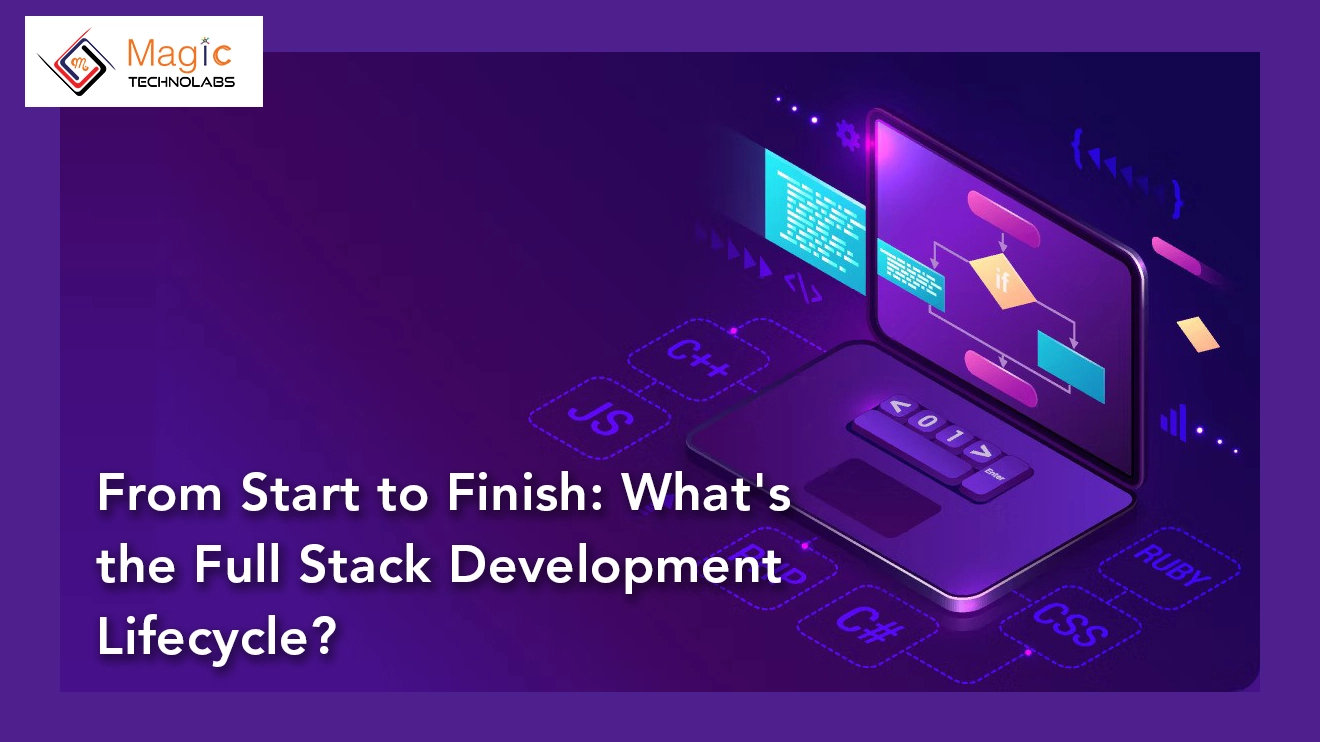Embarking on the journey of full-stack development involves traversing a comprehensive lifecycle, encompassing various stages from conception to deployment. Understanding the intricacies of this lifecycle is crucial for developers aiming to create dynamic web applications.
The first phase of the full-stack development lifecycle is planning and analysis. Here, developers collaborate with stakeholders to define project goals, requirements, and functionalities. Clear communication and a thorough understanding of the project scope lay the foundation for success.
The next stage involves designing the architecture and user experience. Developers create wireframes, define the database structure, and plan the application's overall layout. This phase is crucial for establishing the framework that will support the application's functionality and user interface.
With the blueprint in place, the development phase commences. Full-stack developers work on both the front-end and back-end components, bringing the design and functionality to life. This stage involves coding, testing, and continuous refinement to ensure a seamless user experience.
Quality assurance and testing play a pivotal role in the full-stack development lifecycle. Rigorous testing is conducted to identify and rectify bugs, ensuring the application meets performance, security, and functionality standards. This iterative process continues until the application is robust and error-free.
The deployment phase marks the transition from development to the live environment. Developers deploy the application to servers, making it accessible to users. Post-deployment, ongoing maintenance and updates are crucial to address emerging issues and introduce new features.
Understanding and navigating the full-stack development lifecycle requires not only technical expertise but also effective communication and collaboration skills. Successful full-stack developers seamlessly transition between various stages, ensuring each element aligns with the project's goals.
In conclusion, the full-stack development lifecycle is a holistic process that encompasses planning, design, development, testing, and deployment. Developers skilled in both front-end and back-end technologies navigate each stage, shaping dynamic web applications from start to finish.
















